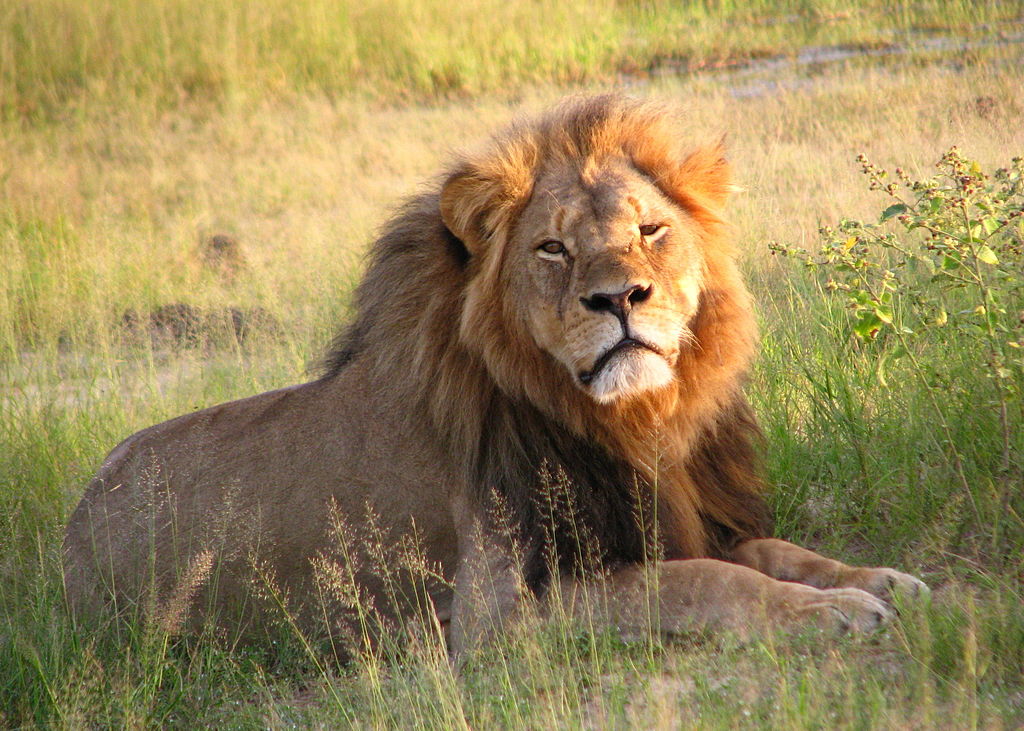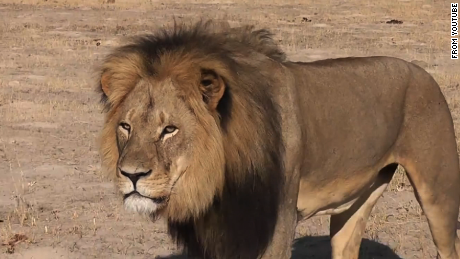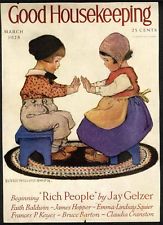
The shooting of Cecil the “beloved” lion in Zimbabwe created a furor all over the world as animal rights and anti-gun fanatics piled on to dentist Walter Palmer, the hunter who shot him. The news was non-stop and everywhere. Palmer quickly became the most reviled man in the world. He had to go into hiding because of the death threats. The killing of Cecil was neither illegal or particularly unusual although for my tastes, not especially sportsmanlike. No charges were ever filed against him yet he became the most hated man in the world.

Fortunately for him, along came Mark Shkreli the CEO of Turning Pharmaceuticals, who raised the price of his newly acquired HIV/AIDs drug, Daraprim, 5000%. Had he done the same with a drug for toenail fungus probably no one would have noticed. But for HIV? Forget it. That hits the max on the politically incorrect scale. He quickly secured the title of “Most Hated Man” from Palmer. It certainly didn’t help his cause when in interviews he certified that he was indeed an arrogant asshole. Walker quietly returned to his dentistry and dropped out of the news.
On Monday the 22nd I happened upon a piece in the “Vancouver Sun”…. on Page A11…with the headline, “’Cecil Effect’ creates lion surplus, Wildlife park may have to cull 200 big cats.” [Article can be found here.]
Well, well. Peta Thornycroft, a former British citizen who now resides in Zimbabwe and reports for “The Telegraph” wrote the story and presumably the headline and goes on to explain that the world-wide hiding of Mr. Palmer has put a huge damper on the willingness of wealthy American hunters to risk getting vilified in an unsympathetic press. As the saying goes, ‘They are staying away from Zimbabwe in droves.’
The Bubye Valley Conservancy, the largest wildlife area in Zimbabwe, supports local schools and clinics and provides jobs and meat to local residents. Like other intensely managed wild life reserves, Bubye receives much of its operating revenue fromcontrolled big game hunts, including lions. However, since no rich Americans want the Walter Palmer treatment, they are staying home or going to other countries. A victory for the anti-hunting crowd, right? Well, you judge.
The unintended consequence is that in a very short time the lion population in Bubwe has become unsustainable. Their numbers have reached 500 and they are wiping out all the other animals including antelopes, giraffe and even cheetahs, leopards and wild dogs. Perhaps the animal rights people should go to Zimbabwe and train the lions to become vegans? Blondie Leathem, the general manager of Bubwe feels they need to cull 200 lions. Mostly that means shoot because re-locating the lions to other preserves (presuming you could convince the preserves to take them) is generally unsuccessful. The immigrants are usually killed by the resident prides.
This example of animal rights zealotry backfiring because of ignorance of population dynamics, conservation management, ecology (the science, not the ideology) or ethology (animal behavior), leads to politically and emotionally motivated decisions that often backfire. Here are just a few examples.

The Delta Smelt. A few years ago environmentalists went to court to divert water from farmers in the drought stricken San Joaquin valley of California in an effort to save the 3” delta smelt, a fish of no commercial or sporting value. At the same time they began breeding thousands of the critters in hatcheries and releasing them into the river. The result: The smelt numbers continue to decline and sample netting only produces a couple hundred per year. Maybe something other than diverted water is killing the smelt. Some would argue that the effort to save the delta smelt was a great idea, but was it worth it?
The human toll was steep. Some 40,000 people lost their jobs as farmers went broke and once fertile and productive farms and orchards turned to dust. Small towns in the area dried up too as residents fled.
As the suburbs expanded into farmland around major cities in North America, it inevitably encroached on wildlife habitat. Understandably, no hunting was allowed anywhere near these communities. Some animals like white tail deer found these safe zones much to their liking and hung around, breeding without check. Soon they became a pest browsing on people’s gardens and shrubs. Clearly the population needed to be reduced but, animal lovers would not permit shooting the excess animals who were starting to show distress from malnutrition. As an alternative, many communities decided to capture and release the animals into wilder habitats. Seemed like a good idea. One problem, almost all whitetail deer live their entire lives in about a one half to one square mile area. Dumping them in a strange place disoriented them and almost all starved or wandering around bewildered and were hit by cars. [For a great article by Time Magazine in December 2013 can be found here].
A similar thing happened with the urban goose populations. The geese figured out they were safe and could live year around in city golf courses, public parks and urban lakes. No hunters and no need to migrate. Life was good. But, the public parks became infested and unusable due to goose feces. Local ponds and lakes were polluted. Again, killing the excess geese offended the animal rights people so they were relocated. Ignored was the fact that these animals can fly thousands of miles and are excellent navigators. In days they were all back.
Grizzly bears are also excellent navigators and have been known to travel hundreds of kilometers though unfamiliar terrain over mountains, valleys and across rivers to arrive back at the same chicken coop where they had previously enjoyed a nice easy meal. People who would not know a grizzly from a teddy bear recently raised all kinds of Hell when an NHL star from BC, Clayton Stoner, was discovered having killed a male grizzly. The anti-hunting crowd jumped in and coming on the heels of the Cecil, the lion incident, knew giving this bear a name and calling him “beloved Cheeky” would evoke the anger and sympathy of folks who know nothing of griz. First of all, calling a grizzly beloved is absurd. They are the meanest, angriest, most aggressive and unpredictable beasts in the northern forests. They are huge and deceptively fast. The pictures of tourists watching them fishing for salmon from safe platforms is not an indication of what it’s like to run into one of these buggers in the woods. Furthermore, they are not endangered. Ask anyone who hunts for moose or elk in northern BC and they will tell you there are plenty of them and they are very, very dangerous.
In the end Clayton Stoner was charged with his only real crime…. they deemed he was not a legal resident of BC because he played for a US hockey team and did not spend six months of the year in BC. That he got fined for not having a non-resident license and that calmed the outraged anti-hunters and they soon went back to fretting about global warming.
Species valued by sportsmen are heavily supported in many independent conservation groups such as: Ducks Unlimited, Pheasants Forever, Trout Unlimited and the Rocky Mountain Elk Foundation as well as countless others. These groups raise millions to preserve habitat, facilitate stocking programs and support laws to insure the protection of the species. Of course, as a direct benefit sportsman dollars for licenses and tourism support local economies.
As the sad consequences of the anti-hunter’s campaign against the killing of Cecil has shown, their outrage has not helped the lions, the animals of Zimbabwe or the people who live there. I guess it has made the animal lovers feel good about themselves. I suppose that’s something.





 1). Cecil the lion. The killing of Cecil aroused world-wide condemnation of the US dentist who offed this apex predator and it really went over the top. The lion was routinely called “beloved” by the press. Really? I doubt few ever heard of the beast. Nonetheless, the method used to lure him out of the protected National Park and take him was a bit sketchy on the “fair chase” hunting ethics scale and certainly the responsibility of the guide who organized the hunt. Part of the horror at poor Cecil’s “murder” stems from most people’s belief that Cec is like the lion in the Lion King and The Wizard of Oz, gentile beasts just trying to get along. He was a subject of research and not a pet. I am a hunter but I do not understand the desire to shoot a lion. Notwithstanding, it is legal and he paid a big sum to do it. I think death threats on the dentist from all over the world is craziness.
1). Cecil the lion. The killing of Cecil aroused world-wide condemnation of the US dentist who offed this apex predator and it really went over the top. The lion was routinely called “beloved” by the press. Really? I doubt few ever heard of the beast. Nonetheless, the method used to lure him out of the protected National Park and take him was a bit sketchy on the “fair chase” hunting ethics scale and certainly the responsibility of the guide who organized the hunt. Part of the horror at poor Cecil’s “murder” stems from most people’s belief that Cec is like the lion in the Lion King and The Wizard of Oz, gentile beasts just trying to get along. He was a subject of research and not a pet. I am a hunter but I do not understand the desire to shoot a lion. Notwithstanding, it is legal and he paid a big sum to do it. I think death threats on the dentist from all over the world is craziness.









